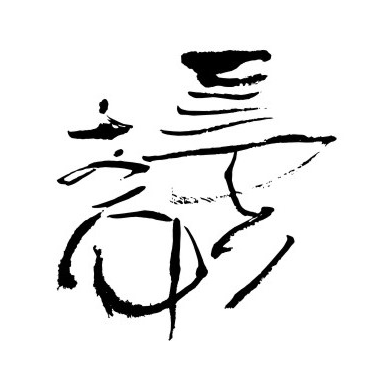Wuyi is one of the UNESCO recognized natural heritage sites in China. It boasts a scenic setting of hills made up largely of formidable dark rocks in a subtropical forest environment with a river of “nine bends” running through it.
It is famous for its 36 peaks and 99 crags, with tea being cultivated on each crag. This is a tea paradise with the greatest density of tea species ever found on Planet Earth.
My tea master told me that one crag (Huiyuan Keng) 慧苑坑 has as many as 840 named tea species. Imagine there are 99 famous crags in the whole of Wuyi Mountain. How many tea species are there in total?
Humidity is always over 80%, leaving the mountainous peaks regularly shrouded in mist and fog. Full of spiritual presence, over a thousand years the Wuyi Mountains and their tea have served to inspire countless scholars that had made pilgrimages or even taken up residence there.
More than 200 published poems from the Tang to Song dynasties contain verses of praise for this region and its tea. Many thousands of paintings have been made over the centuries. This is what Wuyi Mountain actually is, a spiritual place, a holy grail for inspiration, a place that nourishes the spirit, and tea is just one element of it.
Early in the Qing dynasty, makers in the Mount Wuyi area of Fujian province developed the tea called Bohea which is commonly divided into two categories: Wuyi rock tea (Oolong tea) and Lapsang Souchong (black tea).

